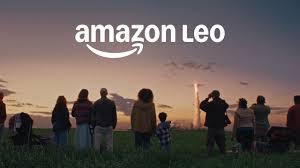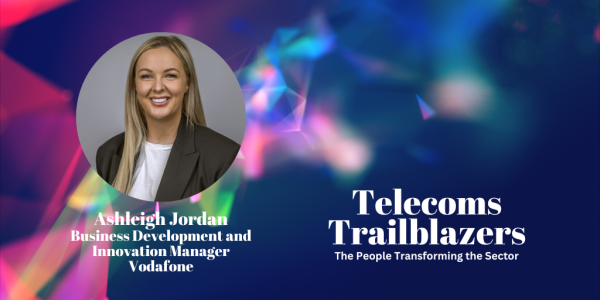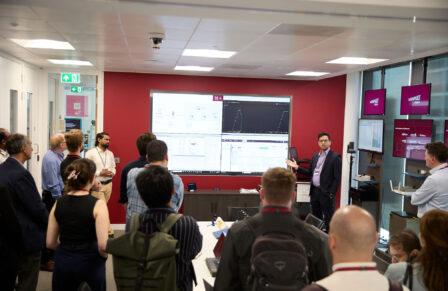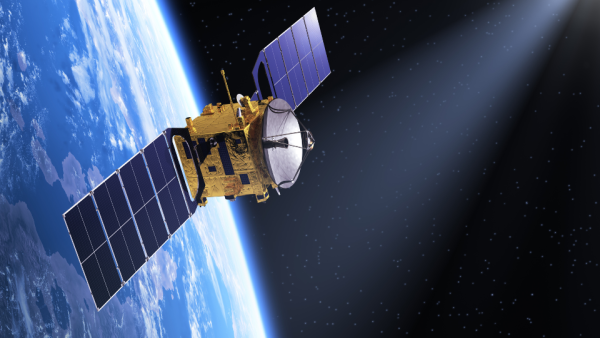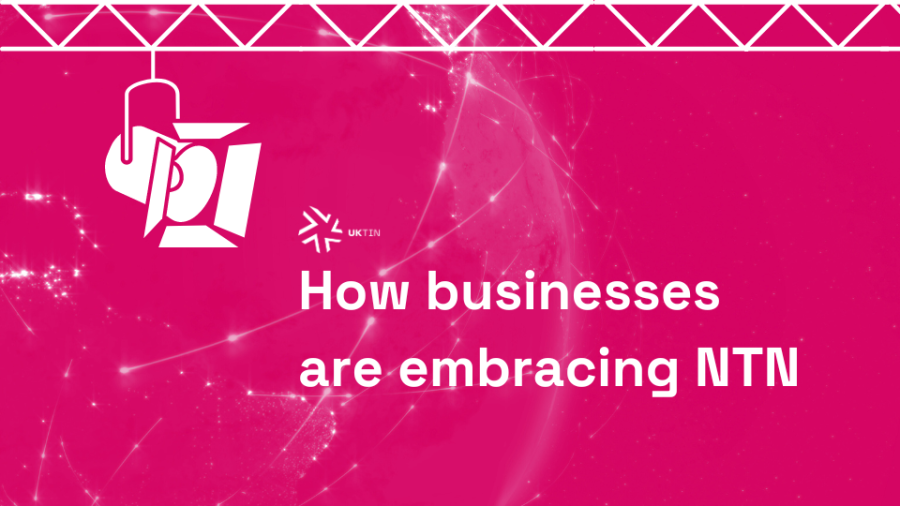
NTN has come a long way: there are currently around 1,000 active organisations in the UK and visitors to Barcelona next month can expect to see a plethora of companies at MWC. As a part of UKTIN’s NTN-themed month, we spoke to Simon Watts, a principal consultant at Avanti Communications and Richard Johanson, CEO at Archangel Lightworks.
- Please tell us about your business.
Watts: Avanti is a global multi-orbit provider of fully integrated connectivity services and solutions. Customer-focused, not technology-driven, we want the world to become better connected. We own and operate four Ka-band satellites, with capacity partners in the UK, Europe, the Middle East and Africa. Like many satellite operators, we connect in hard-to-reach locations while delivering high-quality solutions.
Johanson: Archangel is a UK laser communications company. We are focused on building wireless laser communications technologies to better connect networks in space with networks on the ground. Specifically, we build miniature deployable laser terminals at our facility in Oxford.
- There is a lot of buzz around NTN at the moment. Why?
Watts: There’s been a concerted effort by the whole satellite communication industry to drive satellite communication closer to the terrestrial market. We've seen this through initiatives such as NTN and 5G, within 3GPP and other standard bodies. Avanti led the SaT5G project a few years ago and did most of the initial work in this. This project focused on satellite backhaul and provided timely inputs into standards. Another major driver is this demand for connectivity everywhere, all the time: sensors, emergency communications for your iPhone, broadband, and so on. The sector is going through major changes due to the commercialisation of new space technologies. There is great ambition.
Johanson: In terms of the buzz, Starlink - a satellite internet constellation operated by SpaceX - is starting to properly make money. The American aerospace company is providing a service to a lot of different markets now, which has changed the thinking on neo-constellations to a large degree. For a long time, it seemed that they weren’t going to disclose a business case but now that they have, this changes things. You’ve got a LEO network which is in direct competition with a lot of the more incumbent layers, both in space and on the ground. The direct-to-device market is starting to be tested and will open up soon. The new standards that have been released, which are enabling the convergence of networks have also contributed to this buzz.
- Where are the big opportunities for NTN? And for your business?
Watts: The short-term answer is satellite backhaul, which is where you use a satellite to connect to a base station either in a remote area or a location that moves, such as a cruise ship. In parallel, there will be low-bandwidth applications for using direct-to-device such as monitoring systems and emergency communications for your smartphone. These developments require a lot of cooperation between satellite and terrestrial operators but Avanti has market-leading experience. Part of this will be standards-driven but also human relationships will be important. Last November Avanti launched its multi-orbit strategy; we will add non-GEO capacity to our solution set. However, I am not sure how this will play into NTN in the longer term. What we do recognise is that it is increasingly about how Avanti can best serve our customers’ needs when and where they require this and less about what technology we use.
Johanson: Convergence, specifically terrestrial networks and space networks working better to improve services. We mentioned standards already but what does this mean? What does this mean for improving services to the end customer? Convergence is a big opportunity here. I think that the opportunity will affect core businesses and usher in new business models. Think of connectivity to increasing numbers of devices from space. Also, connecting unconnected and underserved people in the world - more than three billion of them - and the economic potential that could unlock
We've also got big problems with sub-sea cables. Everyone is worried about them being cut, tampered with, or broken. They are the backbone of the internet, globally. Having NTN as an option for space-based traffic routing will be transformative. It may not be immediate but it’s not exactly far off either. If you can fix some of the backhaul challenges, you've already got lots of different players interested.
It’s a fascinating time. Archangel Lightworks is transferring data to and from space this year. We are excited for a future where networks converge and what this means for terrestrial players who need to think about their space strategies and traditional space players who now have to think about multi-orbit approaches.
- What are your predictions for the year ahead?
Watts: The standardisation activities will move forward, for example with 5G Advanced definition and 6G research. This will further help integrate NTN into global networks. I think we can expect more announcements about NTN IoT and smartphone developments. Also, there will be more commercial developments, providing connectivity in rural locations.
Johanson: This next year is going to be about experimentation. Lots of launches. A bunch of missions have already been planned. There will be trials of new sensors, new radios, and new laser payloads. And more partnerships will be announced between terrestrial and space connectivity providers.
- What is the one thing you’d like people to know about your work?
Watts: I’ve been working in the industry for a while. Perhaps this is why I have a lot of grey hair. In a previous job, I designed networks for an organisation which monitored nuclear detonation activities and I designed the UK lottery retail network. It’s nice to see satellites helping people. So with all these developments, it’s a great time to be working in the sector. Avanti - an organisation that helps people on the ground: for example, working in the rural education space in Africa.
Johanson: How do we better use connectivity to tackle the digital divide? How do we better use connectivity for environmental monitoring? To deal with the climate crisis? Well, now there are a bunch of missions (active and planned) that are making such solutions possible, which is truly exciting. From an Archangel Lightworks perspective, we will be doing space-ground connectivity demonstrations over the year using our free space to help contribute high-volume, secure links to current and future solutions.



